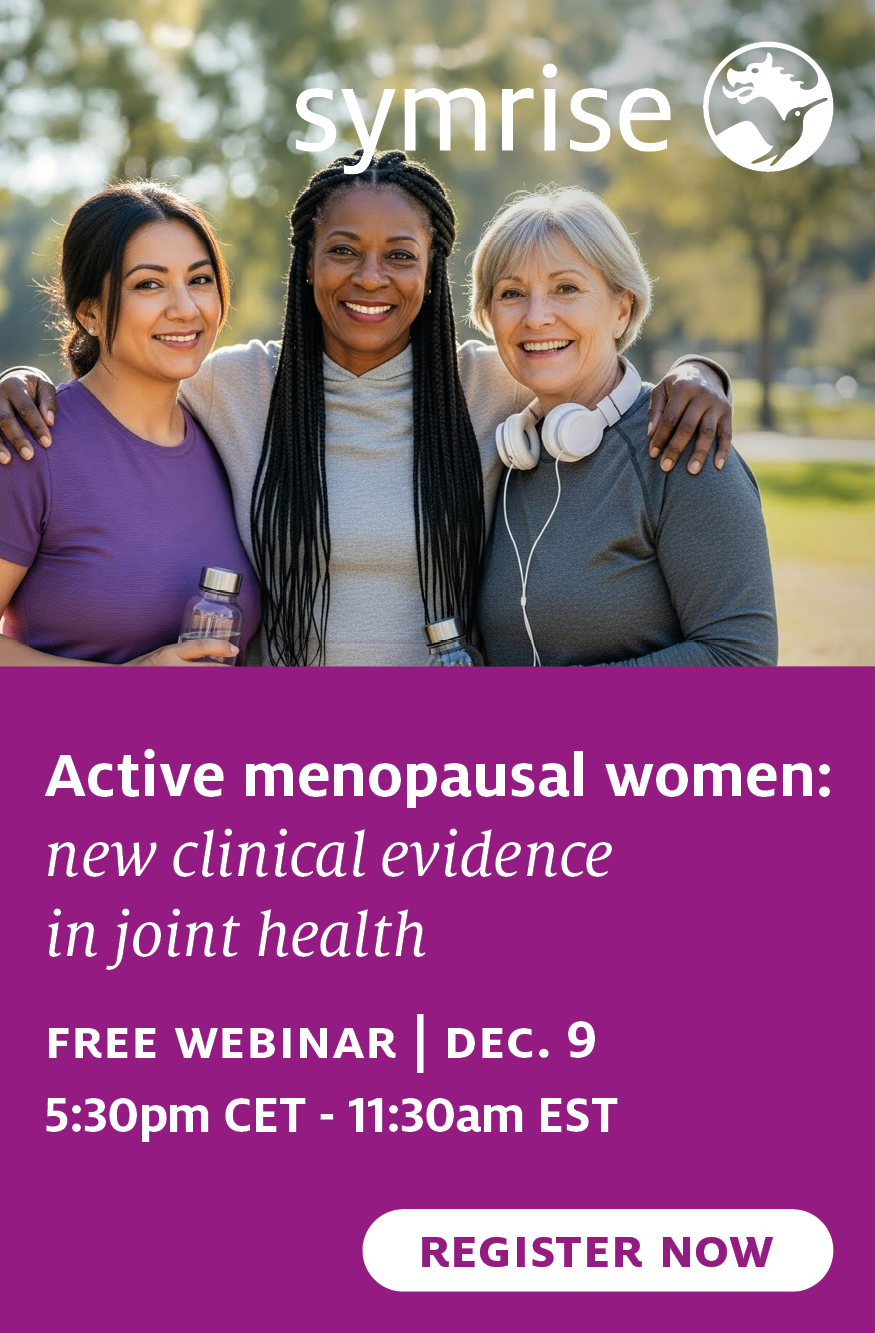Researchers warn of vitamin A deficiencies across India, as nation grapples with public health problem
02 Aug 2022 --- The prevalence of vitamin A supplementation appears to run along clear socioeconomic lines among the children of India, with those areas with the most need receiving almost no supplementation and the prosperous areas receiving so much that children there may run the risk of vitamin A toxicity.
The study, published by BMJ Global Health, reveals that two out of five children aged nine months to five years who are eligible for vitamin A supplementation (VAS) in India have not received it within six months of the National Family and Health Survey 4 (NFHS-4) conducted in 2016.

The researcher also looked at retinol levels of 9,563 children under five that were taken as part of the Comprehensive National Nutrition Survey (CNNS) conducted in 2018 and used the information from the CNNS and the NFHS-4 to map geospatial patterns, investigate the relationship between VAS and addressing vitamin A deficiency (VAD).
Finding the links Vitamin A is only obtainable via diet or supplementation.
Vitamin A is only obtainable via diet or supplementation.
The government in India established VAD as a critical, yet manageable public health problem and began administering high-dose VAS to children between the ages of nine and 59 months, starting in 2006. Sufficient vitamin A levels can usually only be reached through diet. It is estimated that one in three, or 190 million children, in developing countries suffer from VAD.
High-dose VAS has been used as a critical strategy for VAD in children under five years old across sub-Saharan Africa and south Asia – the areas with the highest concentrations of VAD. VAD has been linked to greater rates of maternal mortality and increased childhood mortality from common infections and is the leading cause of preventable blindness in children, according to the World Health Organization.
The study found that the “cold spots,” or the most underserved areas for VAS, were also the areas that may be most in need. It also noted that the “hot spots” were the areas with the highest VAS coverages also already ranked high in health. Healthy levels of vitamin A, also known as retinol, have been found to support immunity and aid digestion.
Meanwhile, the areas that were less prosperous and with the least amounts of resources, the weakest infrastructures and the least access to quality healthcare also had the least amount of VAS coverage. The gaps in coverage ranged from 29.5% to 89.5% at the state level and reached as low as 12.8% and as high as 94.5% at the district level.
Cracks in the system?
The researcher also notes that while overlaying VAS and VAD, there was no correlation found between the two, meaning that a lack of high dose supplementation in a given area did not necessarily translate to major deficiencies in that area.  The study found that the areas most in need of vitamin A supplementation were also the least likely to receive it.
The study found that the areas most in need of vitamin A supplementation were also the least likely to receive it.
For instance, the state of Nagaland only achieved 29.5% VAS coverage, yet the percentage of children found to have VAD through the CNNS was only 5.3%.
The study states that this could mean retinol is not a good measure of vitamin A levels in the body. The study further states that, in India and many other countries, there are growing concerns that “administrating massive vitamin A doses indiscriminately” may not be working as intended. Furthermore, some hold that continuing on this path could lead to vitamin A toxicity in the more saturated areas.
“Although regarded as an important public health nutritional intervention, the usefulness of the dated vitamin A policy that encourages the routine practice of universal VAS is being increasingly questioned, with calls for more nuanced and sustainable alternatives,” the study reads.
Small successes
The researcher did find exceptions to the rule. Namely, the districts of Odisha and Bihar.
Though both these districts had suboptimal socioeconomic and sociodemographic indicators they were still able to achieve 62.3% and 69.7% VAS coverage, respectively.
According to the study, this could mean that a “bottom-up approach” could help to close the gaps in VAS distribution.
Such an approach would include micro-planning and political commitment coordinated at the district level coupled with social mobilization, continuous monitoring and supervision.
Edited by William Bradford Nichols
















